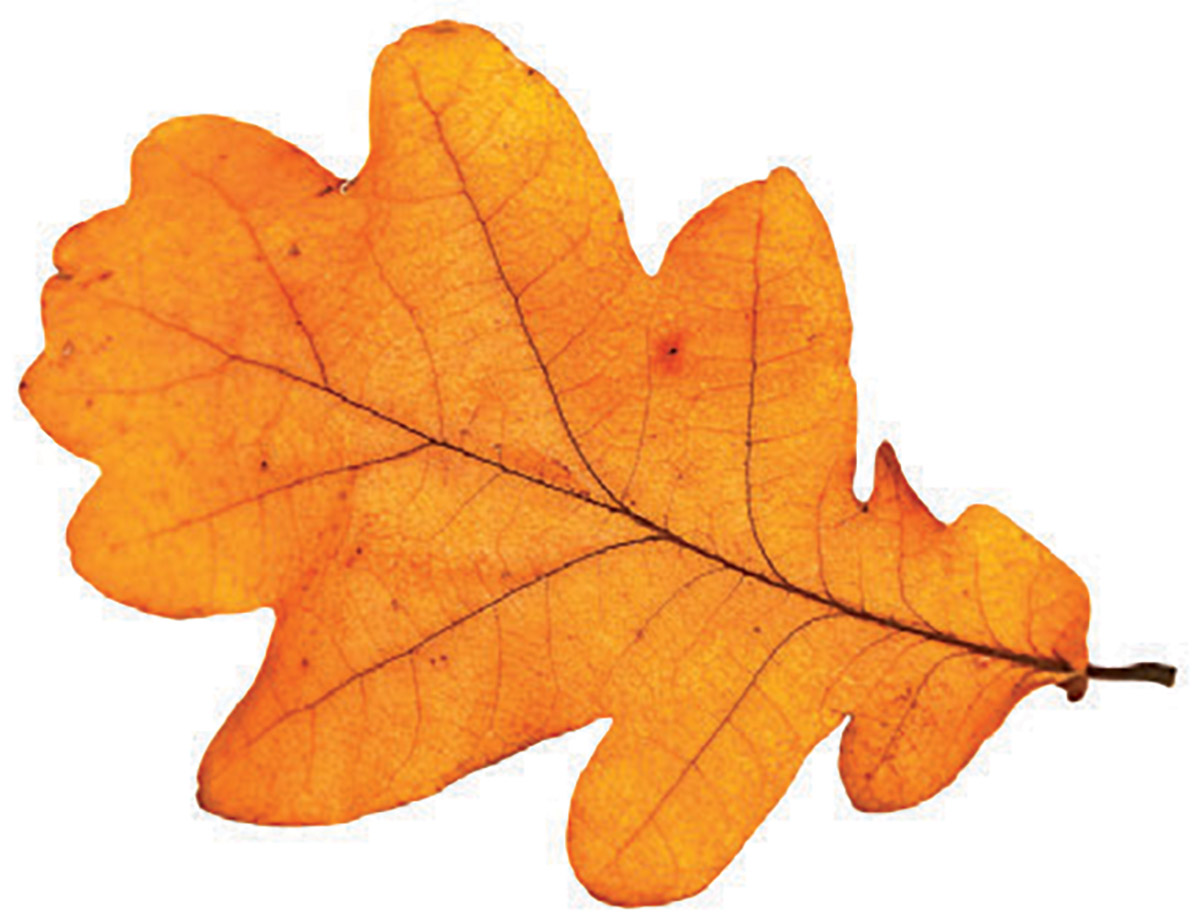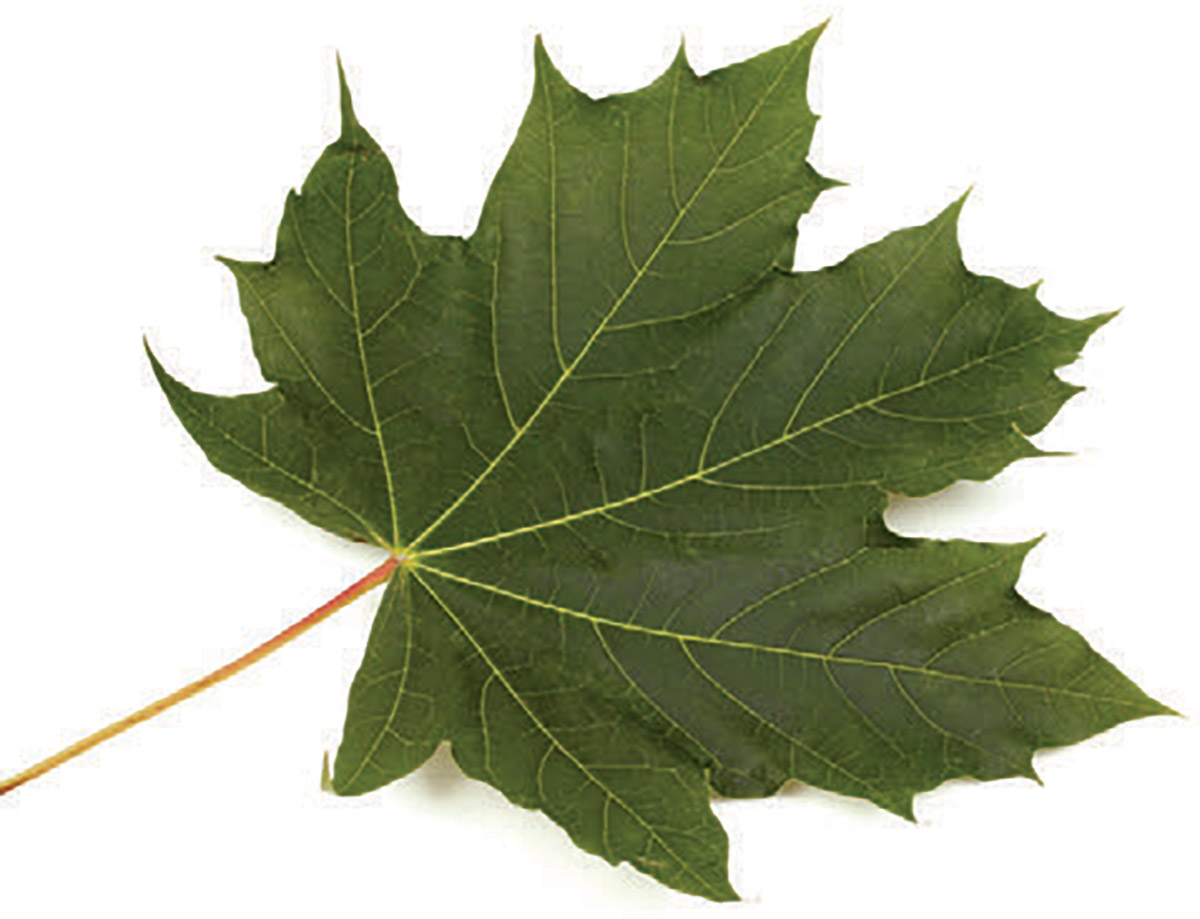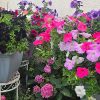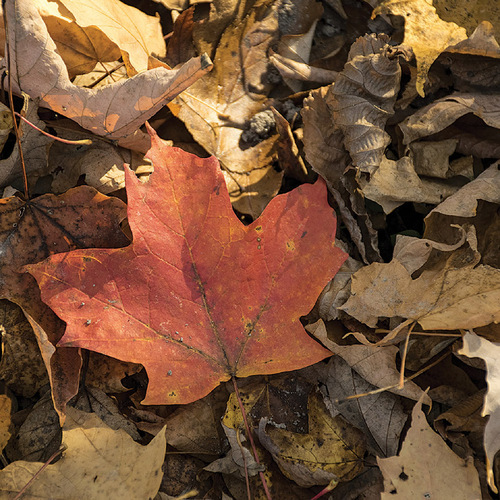
Green leaves are the energy engines that fuel our gardens. Without them there would be no flowers, no sugars for summer tomatoes, and no cooling or oxygenating the air while growing the mighty trees that give landscapes a sense of time and permanence. A gardener’s admiration of leaves can quickly fade, however, when faced with brown leaves blanketing everything from azaleas to annuals, and patios to pools. Leaves are suddenly a problem, something to manage—in other words, work.
But we all accept that gardening is an activity, and we know well the give and take, the labor and rewards of our chosen pursuit. While fall leaves may call for a bit of labor, one thing they are not is waste. They don’t lose all their value when they hit the ground; they just have a location problem. There are benefits to be harvested from fallen leaves. After all, you’ve already got the rake in your hands, so all it takes is a shift in perspective.
Many of us have long abandoned the bags and are wisely keeping our leaves close to home. If you’re still attached to the feeling of accomplishment that comes when all the leaves in your landscape are rounded up, neatly bagged, and lining the curb, now is the time to swap that for the satisfaction that comes from DIY leaf-cycling. Your landscape has a budget, and fall leaves are garden currency. If you bag and drop, you’re paying someone, through municipal waste fees, to haul that currency off your land. Put this resource to use instead.
When, where, and how to use those leaves depends on the nature of the garden and the gardener. Three main uses exist: as mulch, as a leaf mold amendment for soil, and as a source of carbon for home composting. You’ve got options, so let’s dive in.
Bed company: Leaves make good mulch
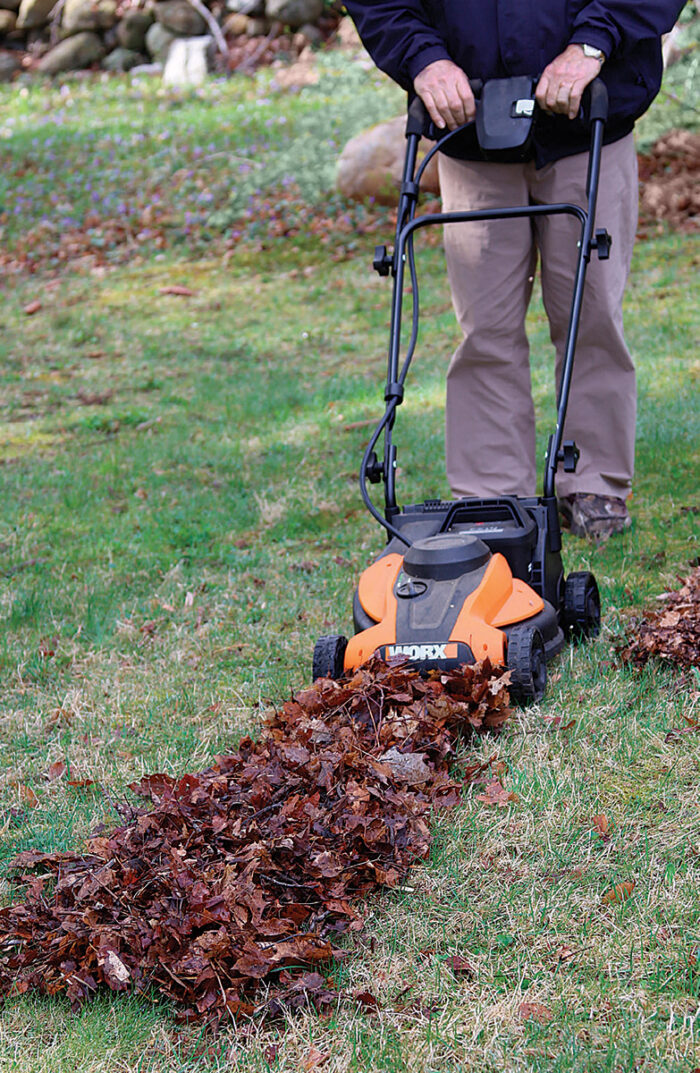
The many benefits of organic mulches are well documented: water retention, soil temperature moderation, erosion control, weed suppression, and slow contribution to the organic matter of the soil. Look no further than the natural cycle of leaf drop in a forest and you see mulch and leaf-cycling at work. If your garden is a woodland without lawn, hardscape, water features, or beds of annuals, then brush the leaves off your evergreen shrubs and you’re done. If you’ve got a varied landscape, though, you will need to rake or blow leaves from those areas and use them as mulch in others. Once you’ve gathered the leaves, you have a choice: to chop or not to chop.
While chopping first will render your leaves more versatile, you can save work by using whole leaves under trees or shrubs. Just take care not to pile them on too thickly—no more than 3 inches. Leaves, especially those from oaks, have a waxy coating; when packed down whole, they will prevent water from light to moderate rains from reaching the soil directly underneath. You need water to make it to the soil before the water-retaining qualities of mulch can kick in, so mulch whole leaves, but in moderation.
Chopping first is often worth the extra effort, as it helps speed along decomposition and helps water move more uniformly through the mulch. If you have a mower, you are in business. Pile leaves in rows and run them over several times. Add the bagger for the last pass, or rake and pile the remains to be used where needed. Some gardeners prefer to use leaf blowers with vacuum and shredding functions or a freestanding leaf chopper.
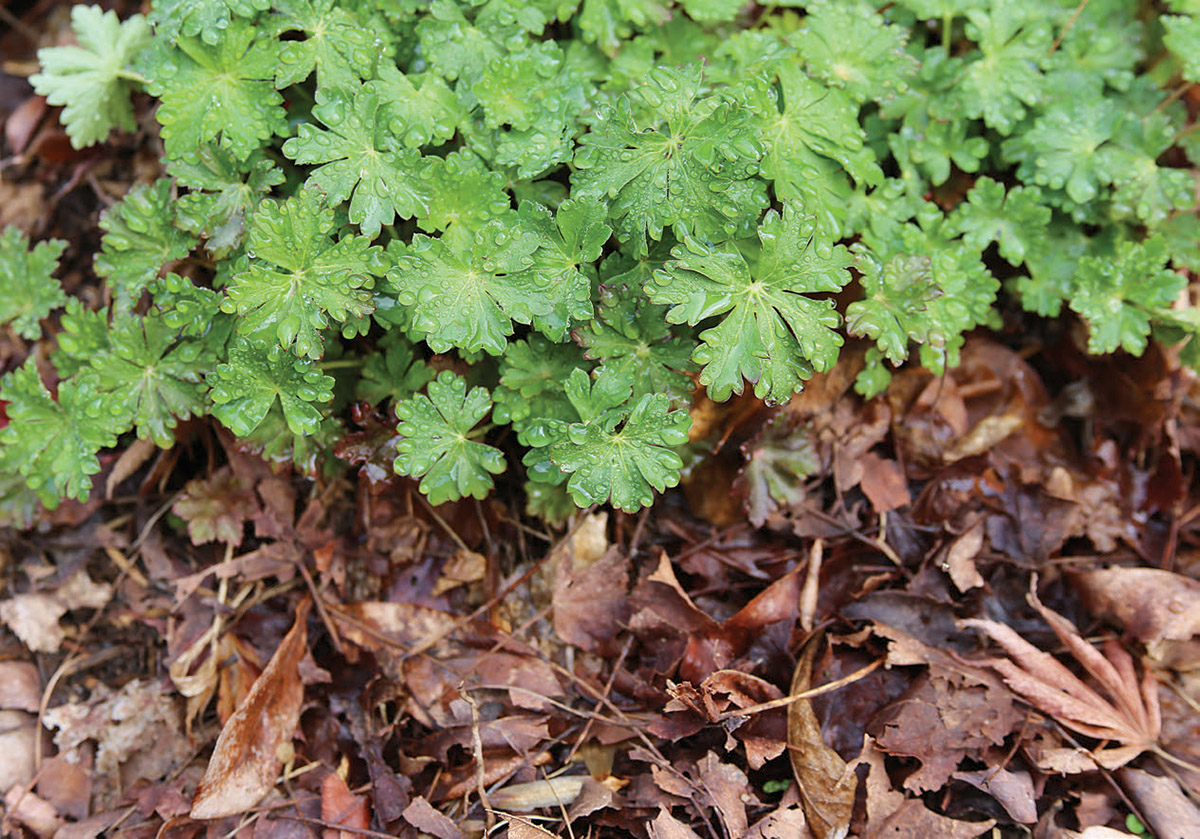
Chopped leaf mulch, 3 to 4 inches thick, can go right to work in your beds. If you prefer the look of bark or pine needles, use 2 inches of chopped leaves topped with 2 inches of your favorite decorative mulch. Chopped leaves are great for lining paths in veggie gardens or spreading in a thin layer on a summer-only veggie plot after end-of-season cleanup. Turn them under in spring, or rake the excess into paths if you are a no-till gardener. This small amount of brown carbon won’t significantly affect the nitrogen balance, especially if you are fertilizing anyway, and the leaf mold that results will add water-holding capacity and aeration to the soil.
In my opinion, lawns and leaves don’t mix. One round of mowing with the mulching blade (sans bag) when the leaf litter is light results in a nice dusting of chopped organic matter that will decompose readily. Any more than a dusting, though, can block light and good air circulation—two things crucial to healthy turf. If you end up with heavy leaf fall on lawn areas, put on the bagger and get those leaves moved to a place where they can actually add value.
Leaf mold is good for your soil

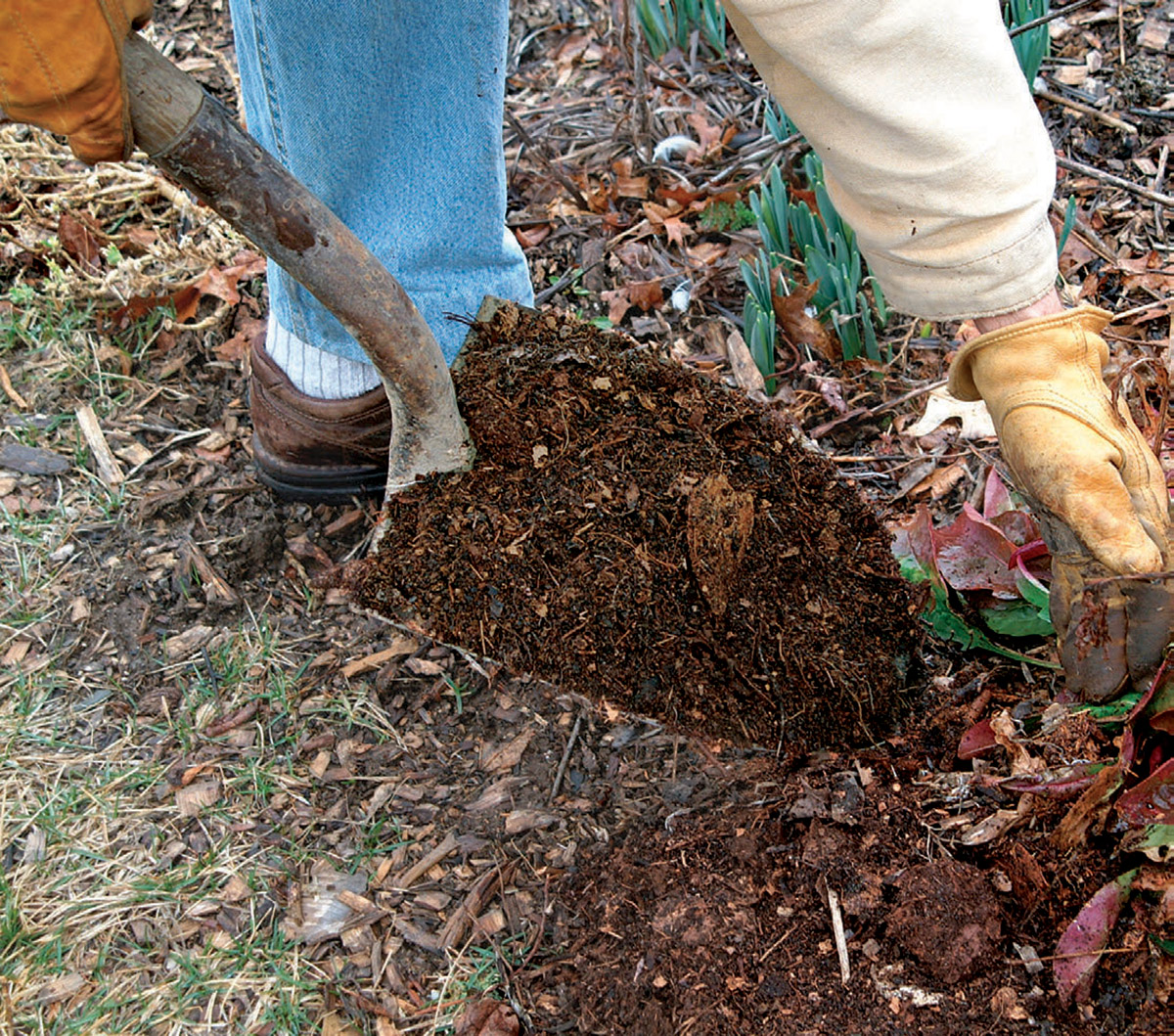
Green leaves contain various levels of nutrients, such as nitrogen, phosphorus, potassium, and calcium. Trees are smart, though, and they recycle at least 50% of those mobile nutrients before dropping their leaves. What remains in brown leaves in abundance is carbon in the form of cellulose and lignin. Fungi, fortified by warmth and moisture, go to work breaking these down. The result is not traditional compost but a product called leaf mold—a form of humus with amazing water-holding capacity, soil-loosening properties, and very small amounts of nutrients. Leaf mold builds healthy soil. It adds lift and friability, encourages the growth of organisms that aerate the soil, and adds significantly more water-holding capacity to soil than traditional compost.
If you find yourself with extra leaves after mulching, make leaf mold. Gathering leaves soon after they fall, then chopping and piling right away, helps them retain a bit of their remaining nitrogen and speeds up the process of decomposition. Simply add chopped leaves to a 3-foot by 3-foot (or larger) wire cage or to a large pile in the woods, watering as you add layers. Walk away and come back to leaf mold in one or two years (two or three if you use whole leaves). If you are less patient and more hands-on, add water in dry times, and turn the leaves once a season to achieve results in a year. Work the finished leaf mold into beds, or use it as a component of potting soil.
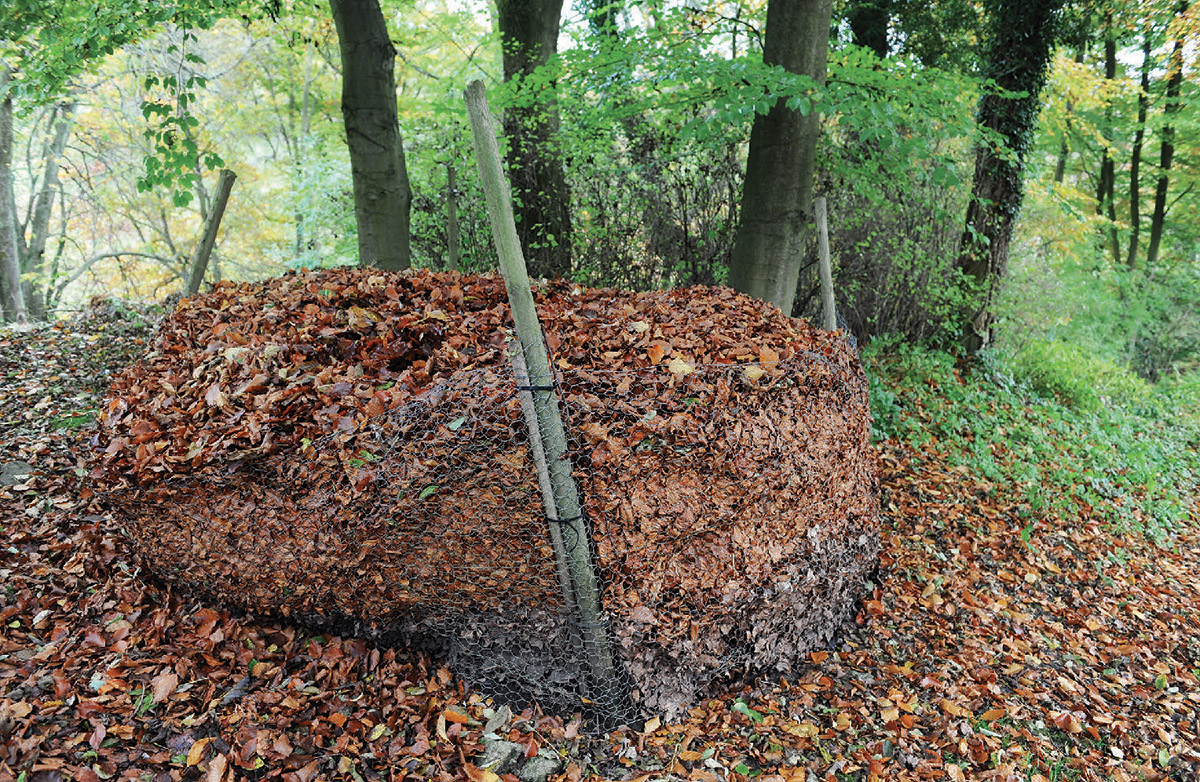
Compost needs leaves
Brown leaves are made of cellulose and carbon. If you are already composting kitchen scraps and other plant material, you know about striking the right balance of “greens and browns”—nitrogen and carbon-rich materials, respectively—to achieve maximum microbial action in your compost pile. Chopped fall leaves are an excellent and convenient brown component. Pile them in a wire bin near your traditional compost pile, then dip in whenever you need to add a layer of browns.
In the words of Don Boekelheide, one of my local garden heroes, “Leaves are a wonderful resource, not ‘trash’ or ‘waste.’ Gardeners with even an iota of ecological consciousness should use them to protect and build their soils.”
I believe that gardens are artistic and productive expressions of nature—a nature that we are fully part and parcel of. This fall, take your cue from seasonal cycles and give leaves their due: a foundational place in the garden where they will give back.
Leaves to watch out for
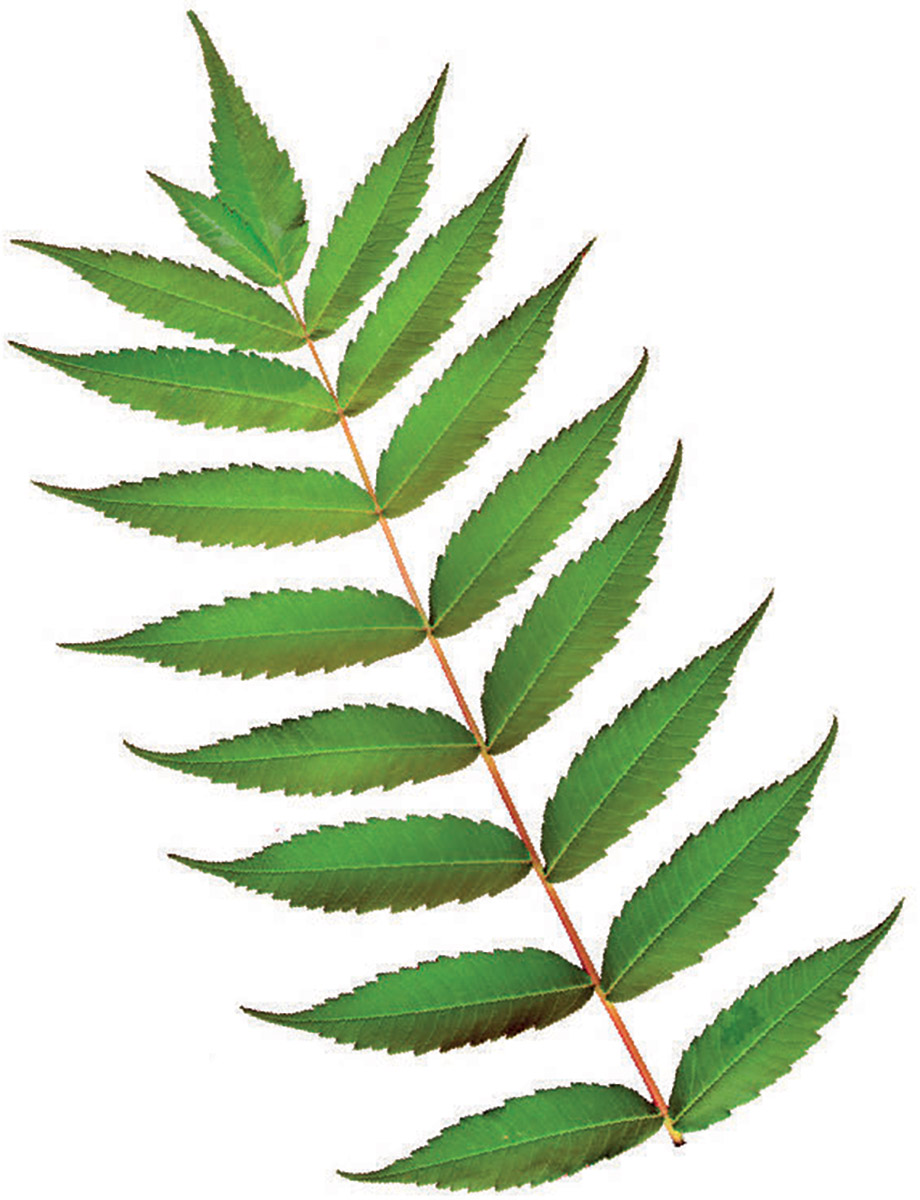
Are all tree leaves created equal when it comes to recycling? Not quite. A few types are best left out of your mixed leaf mulch and used only beneath the trees from which they fell. Black walnut leaves contain juglone, which leaches from leaves and nuts and may inhibit germination or growth of other plants. Thick, waxy evergreen or prickly leaves, such as magnolia and holly, don’t break down readily (also, ouch!), so skip those in mixed mulch as well. You may have been told that oak leaves and pine needles acidify the soil. Research doesn’t support that claim, however. The mulch itself may register acidic for a short period, but there is no change in the pH of the soil below. Use chopped oak leaves or pine needles without concern.
A more controversial topic with conflicting scientific opinions is the use of diseased tree leaves in the landscape. My informed opinion (but still opinion) is that using leaves containing insects or fungal diseases in hot compost or a well-aged leaf mold pile is not a problem. The time and varying conditions of temperature, moisture, and pH will render most eggs and spores inviable. If you have a serious problem with a harmful disease and not just a cosmetic annoyance, bag those leaves and remove them. (Don’t forget that I’m just talking trees here. Definitely keep attending to roses and perennials by removing blackspot-ridden and rust-covered leaves.)
When it comes to nutrients, leaves are leaves
While differences in nutrient levels in green leaves exist across species, these compositional differences become insignificant in brown leaves. Trees move or recycle many of their mobile nutrients before releasing their leaves, which levels the playing field across species. The bulk of the resource they are left with is cellulose. Your maple leaves are just as useful for their carbon-rich organic matter as your neighbor’s oak leaves.
Paula Gross is the former assistant director of the University of North Carolina at Charlotte Botanical Gardens.

